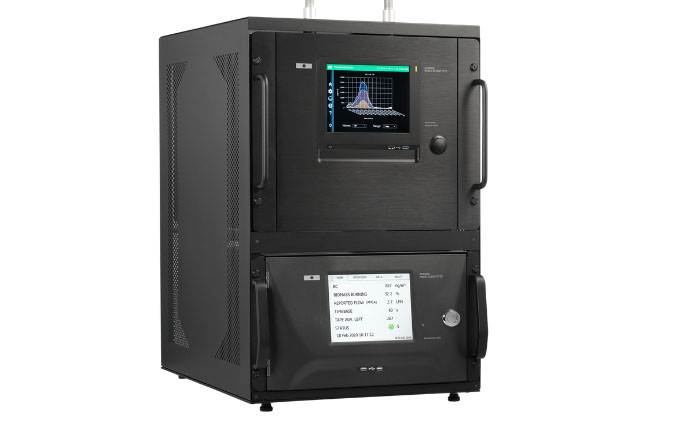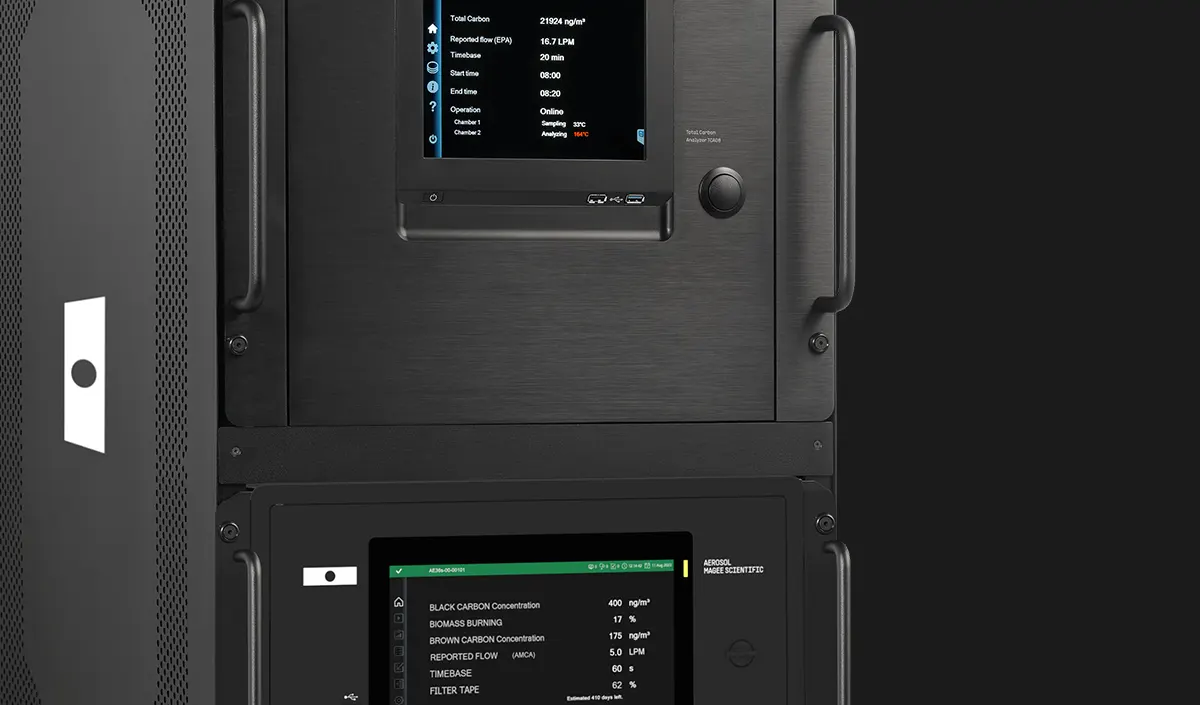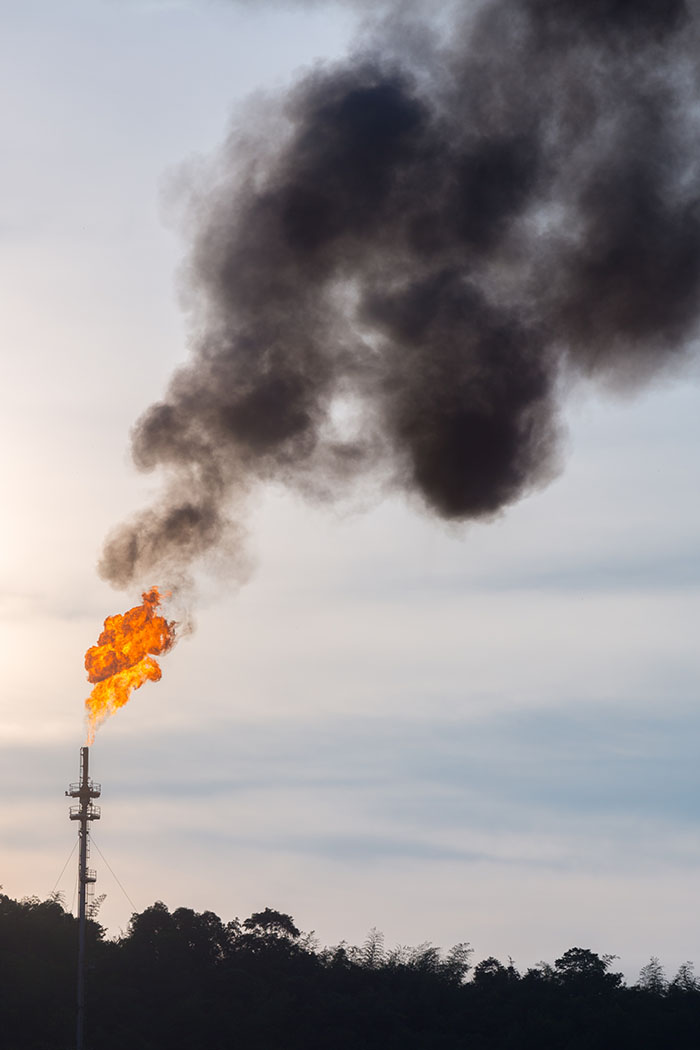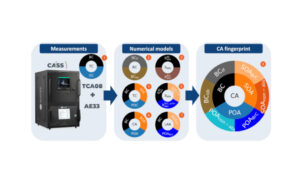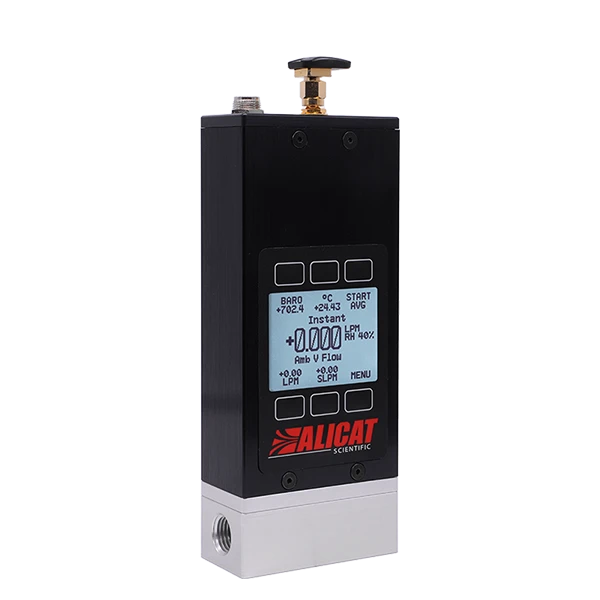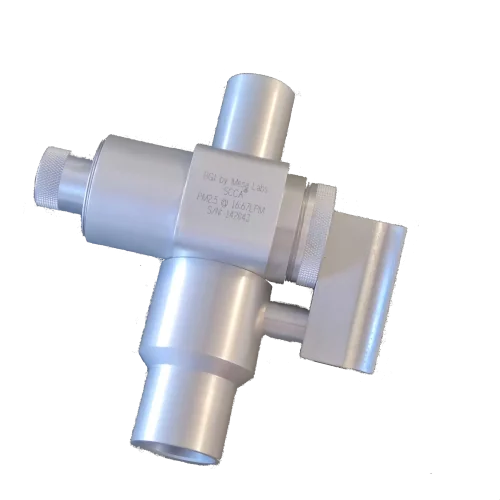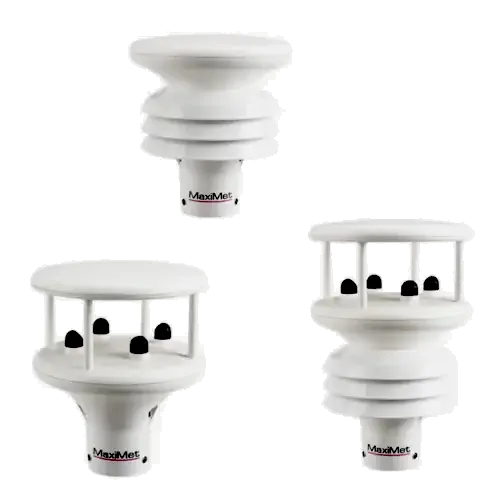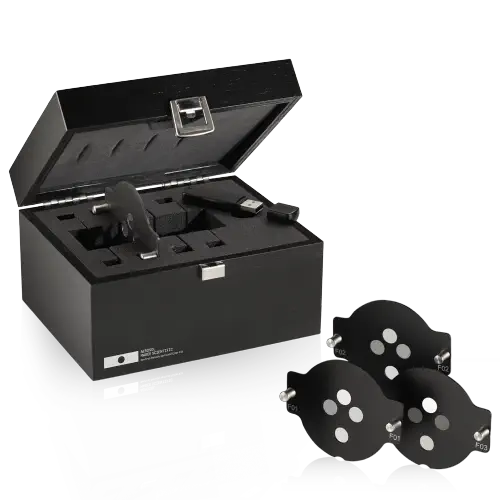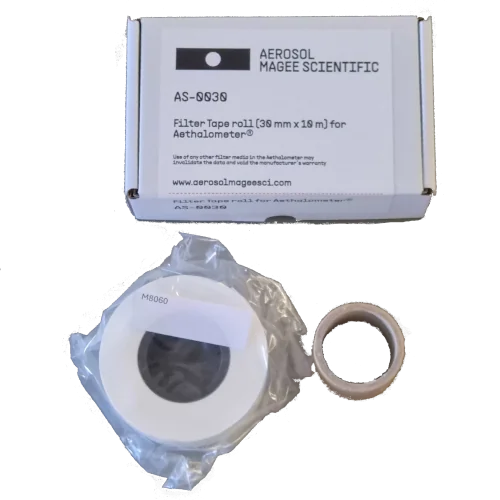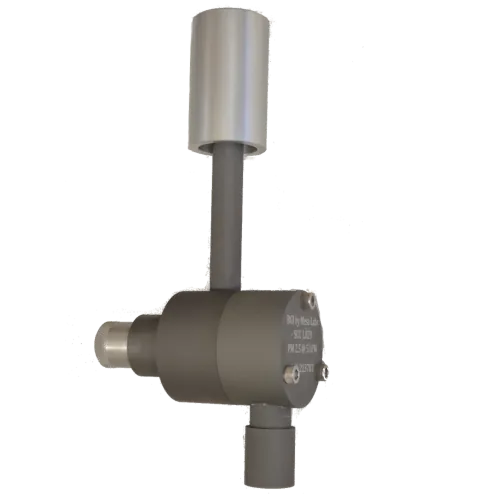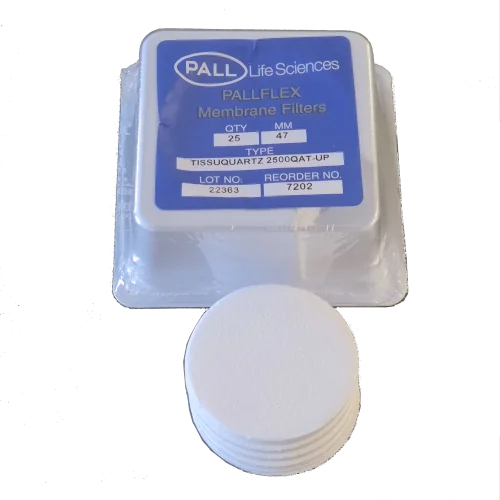Drying the aerosol sample stream is highly recommended to provide accurate measurement data and protect the water condensation equipment.
In hot, humid locations, the water vapor content of the ambient sample air may be very large. This can lead to inaccuracies in the BC measurement – but, more seriously, there is the possibility of water condensation inside the instrument, which can lead to permanent damage. This issue is solved by the use of our Sample Stream Dryer.
The interaction of water with aerosol species changes their physical properties. Consequently, the World Meteorological Organization has recommended that all aerosol measurements should be performed under conditions where the Relative Humidity is 40% or lower (WMO/GAW 2003; Wiedensohler, 2014).
Many stations in hot, humid locations have air-conditioned interiors. If the indoor air-conditioning temperature Ta is comparable to or lower than the dewpoint (condensation temperature) Td of the outside ambient air, water will condense in the tubing and inside the instrument. This will not only completely invalidate the data but can also cause permanent damage to the instrument.
The Aerosol Magee Scientific Sample Stream Dryer removes water vapor from the inlet flow using a semi-permeable Nafion membrane. This membrane selectively absorbs water vapor molecules from the air stream and passes them to a space on the other side of the membrane, maintained at low absolute pressure using a vacuum pump.
The Sample Stream Dryer can reduce the dew point temperature by up to 14 degrees Celsius at a flow rate of 5 LPM. The equipment is self-contained, automatic, and includes a display screen that shows the input and output hygrometric properties. A data cable can connect to the Model AE33 Aethalometer to incorporate the temperature and humidity data into the Aethalometer’s data files.
The Aerosol Magee Scientific Sample Stream Dryer can remove water vapor from the inlet stream to an aerosol instrument, not just an Aethalometer.
